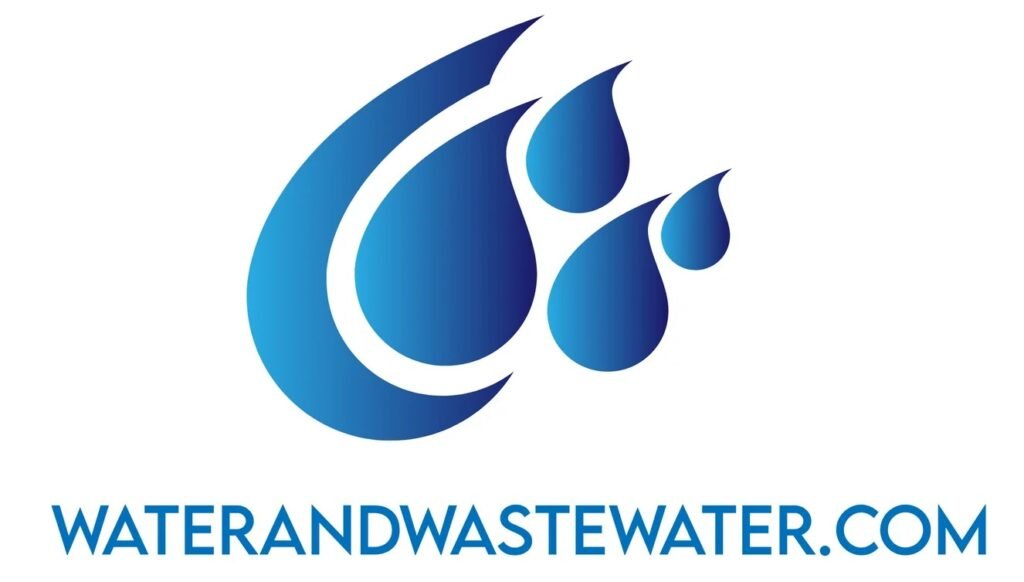Tag: pollution
South Shore Water Reclamation Facility: Ensuring Clean Water for a Sustainable Future Located in Chicago, Illinois, the South Shore Water Reclamation Facility plays a crucial role in the city’s efforts to ensure clean and safe water for its residents. As one of the largest water reclamation facilities in the Midwest, South Shore WRF is responsible […]
In the world of civil engineering, stormwater management is a crucial component of urban infrastructure. With increasing urbanization and climate change leading to more frequent and intense rainfall events, municipalities are under pressure to find effective solutions to mitigate flooding and protect water quality. One such solution is the George W. Kuhn Retention Treatment Basin, […]
Nestled in the heart of Phoenix, Arizona lies the 91st Avenue Wastewater Treatment Plant. This state-of-the-art facility plays a vital role in protecting public health and the environment by treating millions of gallons of wastewater each day. In this article, we will explore the history, operations, and environmental impact of the 91st Avenue Wastewater Treatment […]
Allegheny County Sanitary Authority, also known as ALCOSAN, is the regional wastewater treatment authority for Allegheny County, Pennsylvania. Established in 1946, ALCOSAN is responsible for treating wastewater from 83 municipalities in the county, including the city of Pittsburgh. The authority’s mission is to ensure clean water and a healthy environment for the region by treating […]
Located in the heart of South District, the South District Wastewater Treatment Plant plays a crucial role in ensuring the health and safety of the surrounding community. As one of the largest wastewater treatment facilities in the region, the plant serves as a vital component in the infrastructure that protects the environment and public health. […]
The Mill Creek Wastewater Treatment Plant is a critical component of the infrastructure in the greater Cincinnati area. Located in Hamilton County, Ohio, the plant plays a vital role in the treatment and processing of wastewater from residential, commercial, and industrial sources in the region. In this article, we will delve into the operations of […]
The Western Regional Wastewater Treatment Plant is a crucial facility responsible for treating wastewater from numerous municipalities in the Western region of the United States. This plant plays a vital role in protecting public health and the environment by treating and disinfecting wastewater before releasing it back into water bodies. In this article, we will […]
Central District Wastewater Treatment Facility: A Vital Component of Public Health and Environmental Protection As populations grow and urban areas expand, the need for effective wastewater treatment facilities becomes increasingly critical. These facilities play a crucial role in protecting public health and the environment by treating sewage and other wastewater to remove harmful pollutants before […]
The 69th Street Wastewater Treatment Plant is one of the largest and most efficient wastewater treatment facilities in the United States. Located in Brooklyn, New York, the plant is responsible for treating millions of gallons of wastewater each day, ensuring that it is safe to be released back into the environment. In this article, we […]
Sacramento Regional Wastewater Treatment Plant: An In-depth Look at How It Works The Sacramento Regional Wastewater Treatment Plant is a crucial facility that plays a vital role in protecting public health and the environment in the Sacramento region. This state-of-the-art treatment plant is responsible for treating wastewater from homes, businesses, and industries in the area […]
